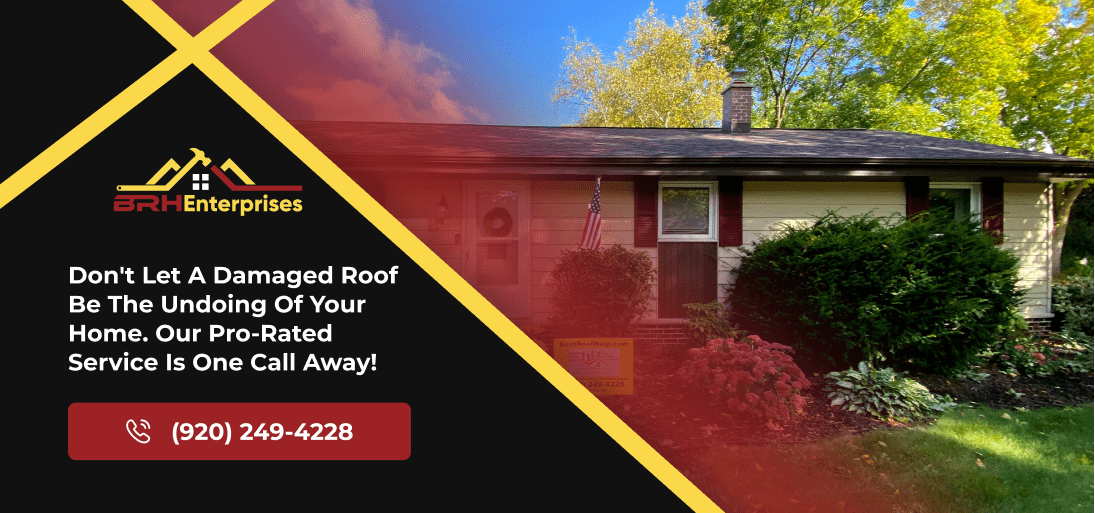How Long Does a Roof Last In Wisconsin?
Estimated Reading Time : 6 Min.
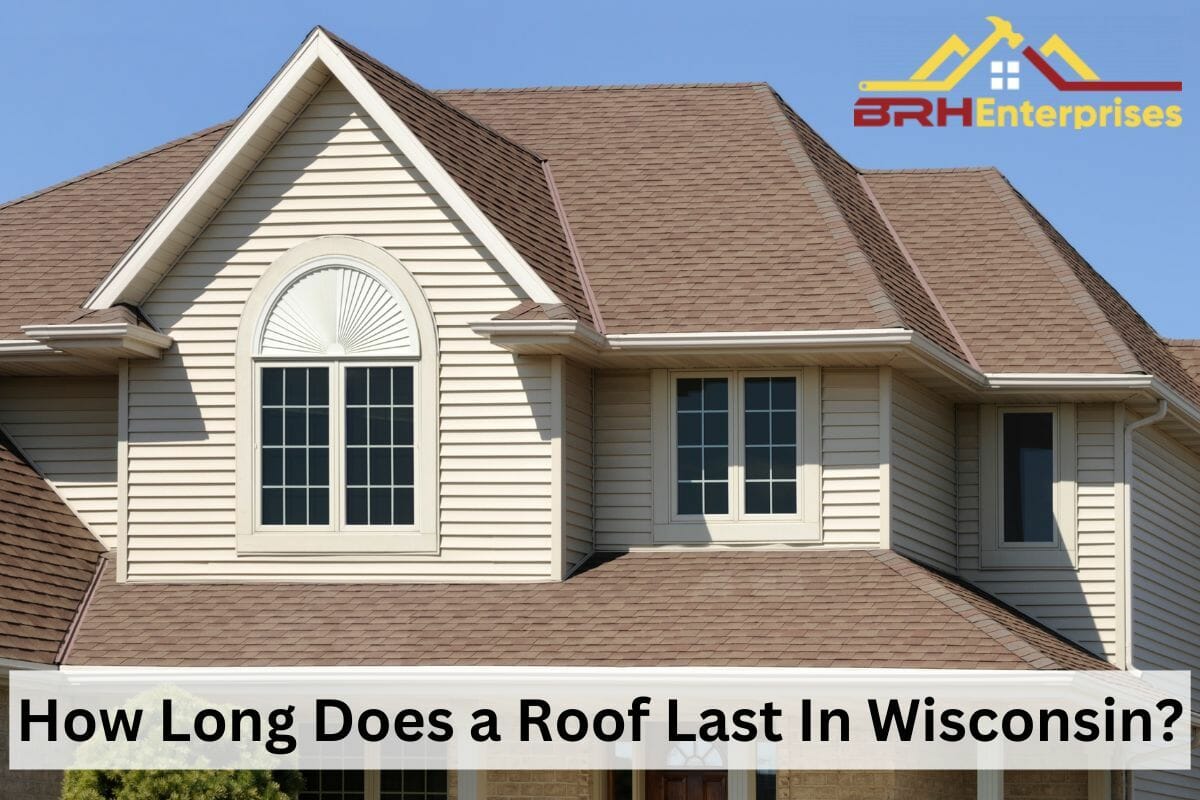
Do you want to know how long a roof lasts in Wisconsin? This blog post will provide you with everything you need to know. We provide information on the lifespan of certain roofing materials, the factors that affect lifespan, and signs that you need to replace your roof in Wisconsin. Read this post till the end to make the right decision for your home!
Factors That Affect the Lifespan of a Roof in Wisconsin
The lifespan of a roof depends on the types of materials used, the quality of the materials, the quality of installation, the local climate, and how you maintain your roof throughout its lifespan. In simple terms, there’s no single answer for how long a roof will last in Wisconsin.
Climate and Weather Conditions in Wisconsin
The local climate plays a big role in your roof’s durability and longevity. It also decides the type of roofing material you’ll use to ensure your roof performs well in all seasons. Some types of roofing materials make a roof more energy efficient in summer, while other materials help the roof handle more snow in the winter.
The duality of climate in Wisconsin significantly influences the lifespan of your roof. Since Wisconsin is a midwestern state, both the summer and winter seasons greatly impact the region. The state experiences sunny days in the summer months, especially in July, while in winter, the snow covers the state to a measurable depth.
Type and Quality of Roofing Materials
The type of roofing material you have installed on your roof decides its longevity. Also, the quality of materials is one of the factors that determine how long your roof will last. Though a variety of roofing materials exist on the market, a large number of home and business owners prefer installing asphalt shingles. Asphalt shingles, for their durability and affordable price, are the most popular roofing material on the market. Other than asphalt shingles, many residential building owners install metal and tile roofs, which are more durable and last longer.
Installation Quality and Maintenance Practices
The lifespan of your roof is greatly impacted by the quality of its installation and diligent maintenance practices. Ensuring a high-quality installation is vital, as it lays the foundation for your roof’s performance and durability. To make your roof last as long as possible, it’s essential to get professional and skilled roofers to install or replace your roof.
However, even with top-notch installation, neglecting regular maintenance can lead to high repair and replacement costs in the long run. To maximize the lifespan of your roof, prioritize consistent upkeep, and address any issues promptly.
For professional and experienced roof installation in the state of Wisconsin, our team at BRH Enterprises can help.
Roof Design and Slope
One more factor that affects the lifespan of your roof is your roof’s design and slope. Roofs, in general, are either sloped or flat. Sloped roofs tend to have a steep incline, while flat roofs have a minimal slope that is almost unnoticeable to help water drain from the roof.
The slope of your roof also affects how it will function, and both types of roofs use different roofing materials that differ in lifespan.
The Lifespan of Different Roofing Materials
Asphalt Shingles
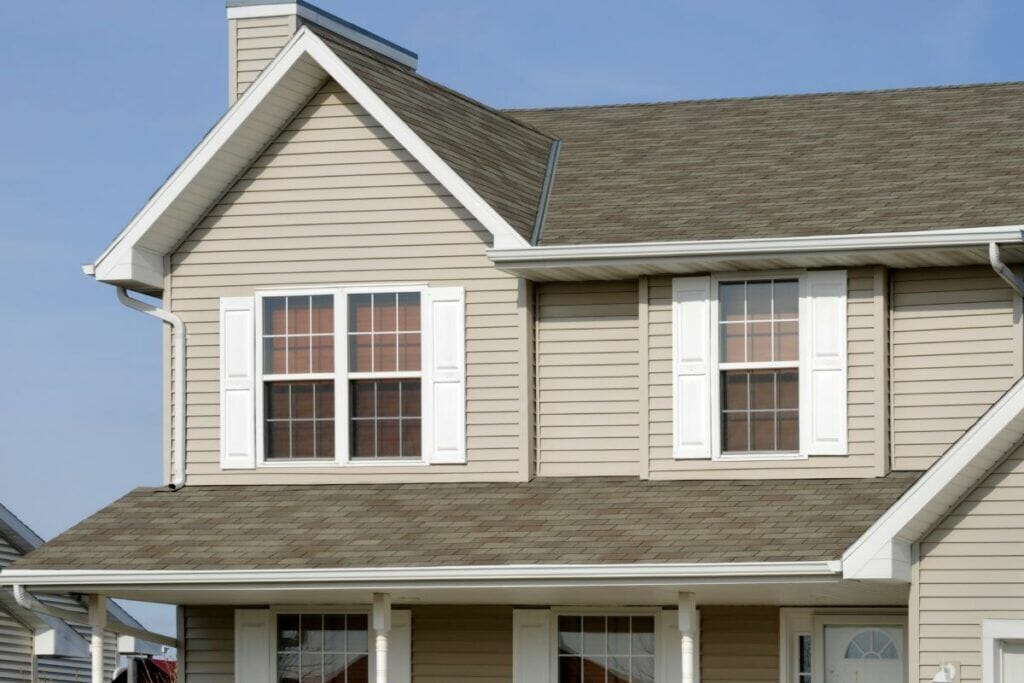
Among a number of roofing materials, asphalt shingles are the most popular. The reasons for their popularity are simple, they are cost-effective and provide sufficient endurance to a roofing system. Though the ideal lifespan of asphalt shingles is about 30 years, they can last up to 25 years if properly installed and maintained.
Also, they are popular for their many types, named 3-tab shingles, architectural shingles, and luxury shingles. Depending on which type of shingles you install, asphalt shingles provide significant durability to your roof that it can withstand all weather events. While shingle asphalt is a cost-effective option up front, they require timely maintenance and seasonal repairs, which can make you pay even more. So, choose your roofing materials wisely, keeping in mind the climate in your area.
Metal Roofs
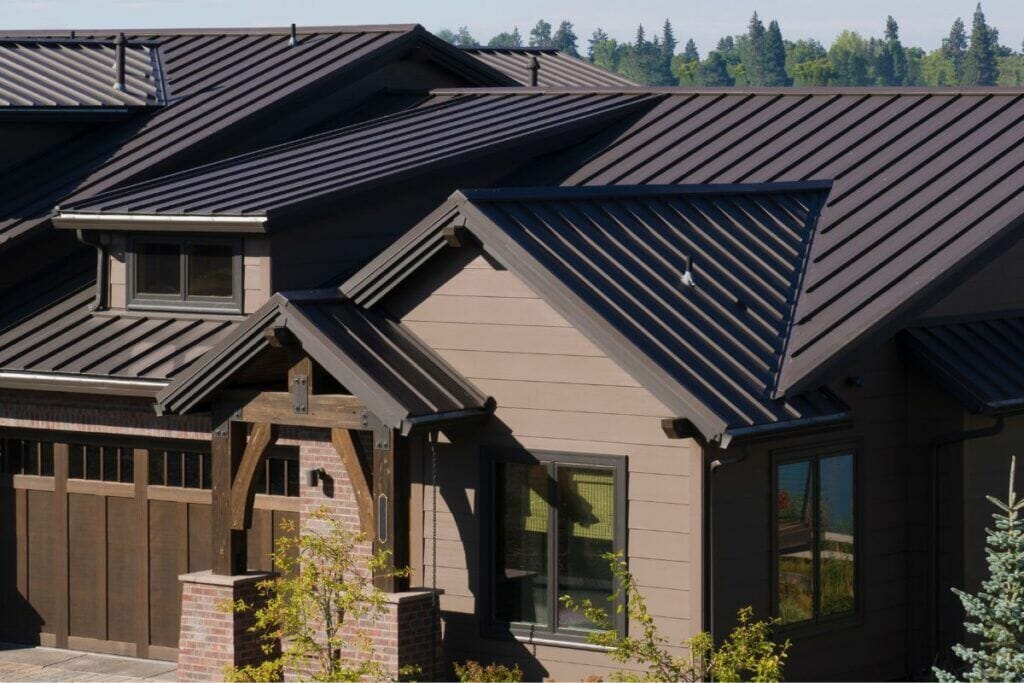
Metal roofs are composed of various materials, including aluminum, steel, and copper. Unlike asphalt shingles, metal roofs are more durable, long-lasting, and can potentially last a lifetime. The lifespan of metal roofs is over 50 years. Furthermore, they are energy-efficient options that reduce energy bills, offering you peace of mind.
Although metal roofs have a higher upfront cost, they can function for years without major repairs or replacements. Their energy efficiency also helps keep homes cooler in the summer and warmer in winter. Metal roofs can be a valuable and reliable investment for your home or business due to their range of styles and designs. Popular styles include corrugated and standing seam profiles, which can enhance the aesthetic appearance of your home and complement its overall architectural integrity.
Slate And Clay Roofs
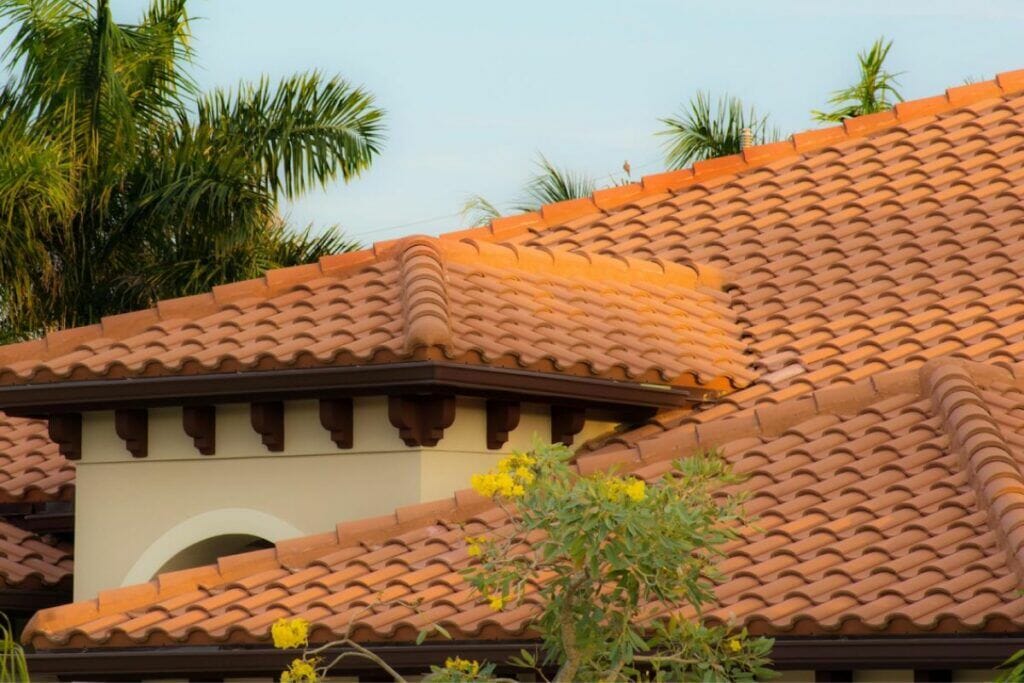
Slate and clay are derived from nature and undergo various metamorphic processes, such as heating and hard pressing, to transform into roofing materials. They also go through numerous mechanical processes, including shaping, drying, and firing, which makes them hard and durable.
Both materials are naturally occurring, and they have a long history in both roofing and artistic craftsmanship. In the roofing industry slate and clay tiles have gained special attention for their longevity, durability, and aesthetic appeal. With proper installation and maintenance, clay and slate roofs can last up to 80 years. Other benefits include energy efficiency, time-tested durability, weather and fire resistance, and a natural, appealing look.
Despite their numerous advantages, the primary drawbacks of these roofing materials are their high cost and weight. Clay and slate tiles are considered some of the most expensive roofing options. Clay tiles typically cost between $600 and $800 per square, while slate roofs range from $600 to $1500.
Wood Shingles And Shakes
Wood shingles are typically machine-cut from uniform blocks of wood, giving them a clean and symmetrical appearance. They are thinner than wood shakes and are tapered on both sides, which creates a uniform look when installed. Wood shingles are often used for steep roofs and are known for their durability, longevity, and resistance to weathering.
Wood shakes, on the other hand, are thicker than wood shingles and are split by hand, giving them a more rustic and natural appearance. The rough and irregular surface of wood shakes creates a textured and uneven appearance on a roof. Wood shakes are usually used for roofs with a lower pitch and are favored for their natural look and aesthetic appeal.
Wood shakes and shingles are known for their durability and longevity, with an average lifespan of 30 to 50 years. However, with proper maintenance and care, they can last even longer.
Signs That Your Roof Needs Replacement
The following signs indicate that it might be time to replace your roof.
Age of the Roof
The age of your roof is one of the biggest indicators that it might be time for a replacement. As your roof nears the end of its lifespan, it could be an ideal time to begin planning for a roof replacement, since older roofs are more likely to become severely damaged during harsh weather conditions.
Visible Damage or Deterioration
If you observe significant damage and deterioration on your roof that cannot be addressed with DIY treatments or repairs, it may be time to replace the affected areas. It’s recommended to enlist professional roofers to handle these issues, as attempting to repair or replace them yourself could potentially result in higher costs.
Leaks or Water Damage
If you notice signs of water damage or leaks inside your home, it may be an indication that your roof needs replacement. Water stains on the ceiling, mold growth, or a musty odor can all be signs of a leaky roof. It is essential to address these issues promptly. Leaving them untreated can increase the risk of further damage.
Maintenance Tips To Extend the Life of Your Roof
By taking proactive steps to maintain your roof you can prevent and lessen the chance of roof damage. Some of the steps you should take are as follows:
Regular Roof Inspections
Regular roof inspections are crucial for maintaining your roof’s integrity. Over time, accumulated dust, debris, and pests can cause significant harm to your roof. Additionally, water pooling after rainfall can lead to further issues, as it seeps into your roof deck and causes rot, resulting in damage. By consistently inspecting your roof for potential problems, you can proactively address any issues and preserve the roof’s overall condition.
Prompt Repair of Damage
If you notice any persisting issues on your roof, it is better to promptly repair them as leaving them unrepaired will increase the chance of needing a complete replacement, which will be more expensive.
In addition, regular cleaning and maintenance are necessary to prevent water penetration and debris accumulation on your roof. Also, ensure your roof shingles are intact, and the vents are functioning correctly.
Hire One Company For All Your Roofing Services in Wisconsin
If you want to replace your roof or repair any damage, you are in the right place. Call Wisconsin’s very own BRH Enterprises, at (920) 249-4228 for a free consultation with one of our professional roofers. The team at the company is made up of experts who can handle any roofing and exterior needs, including help with gutters, siding, roof inspection, and repair. Give us a call today and see how we can help you!
